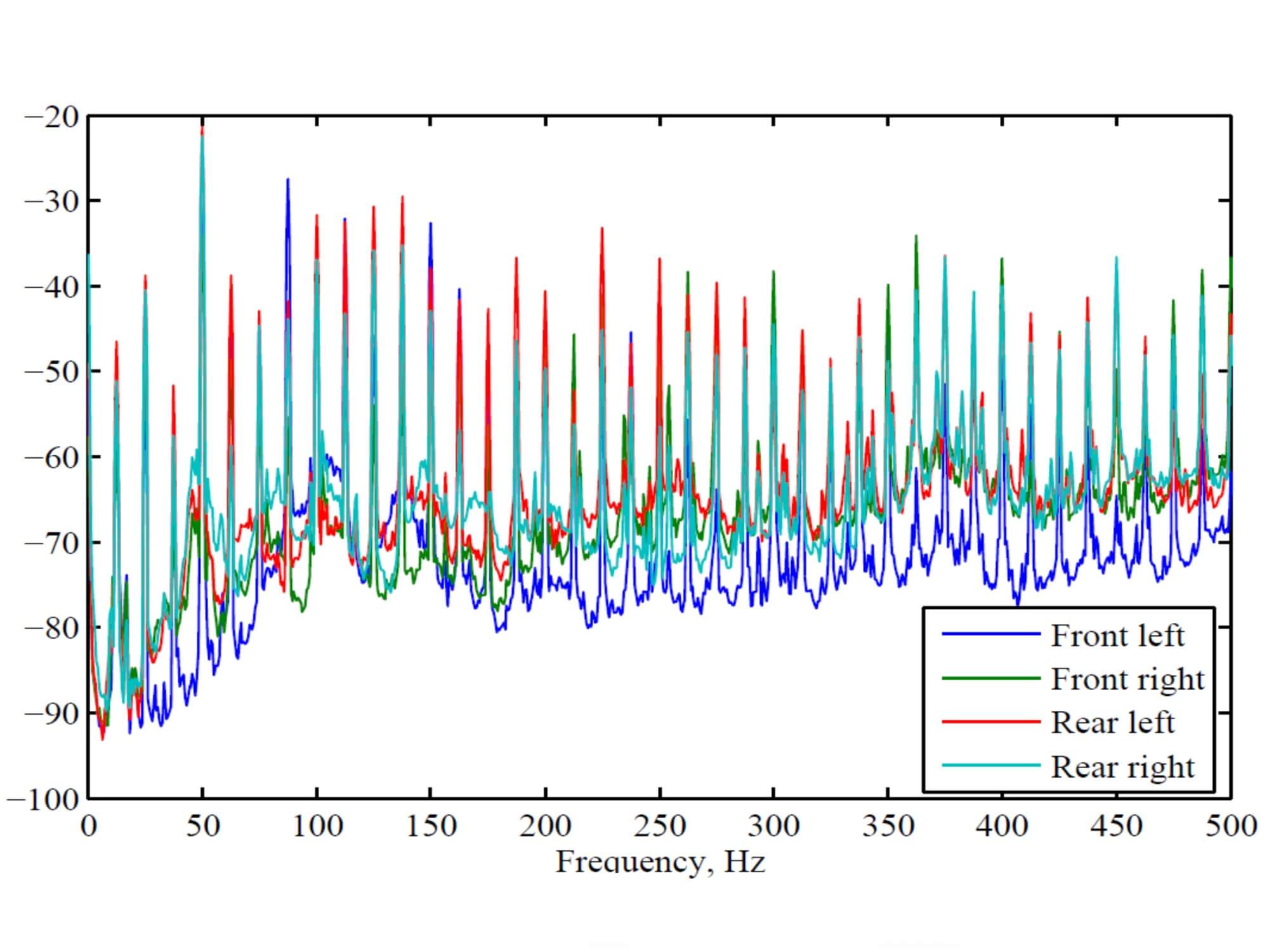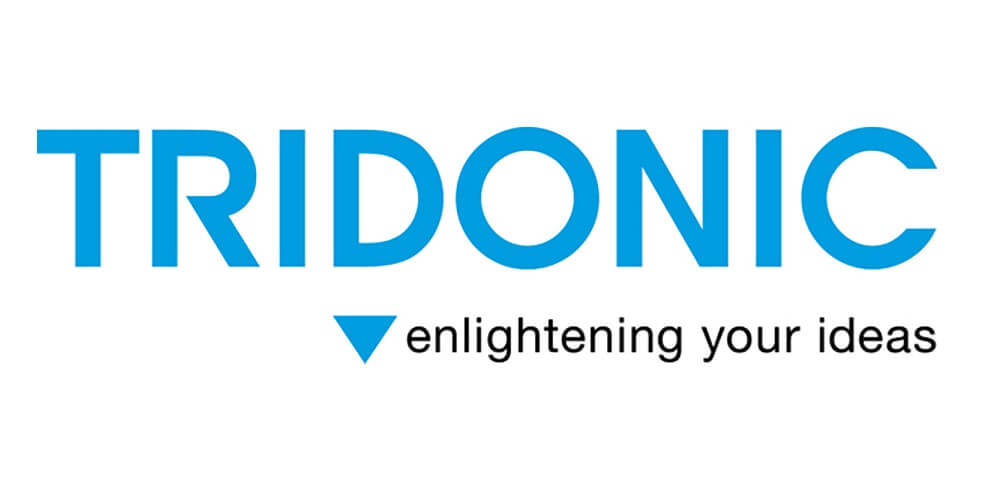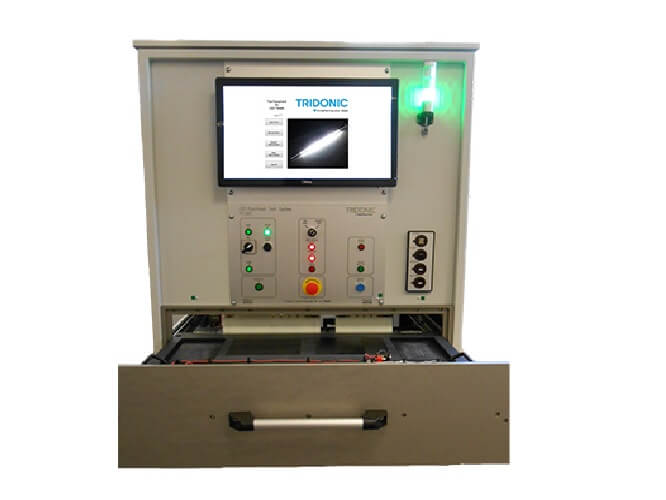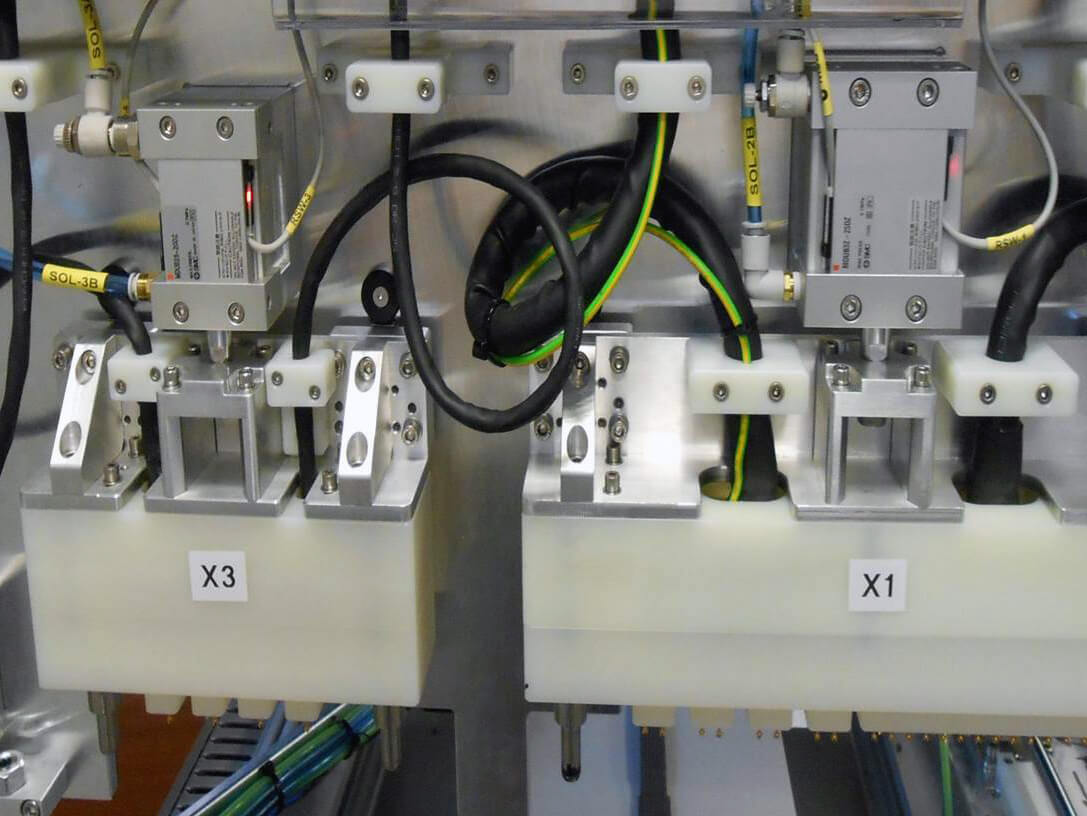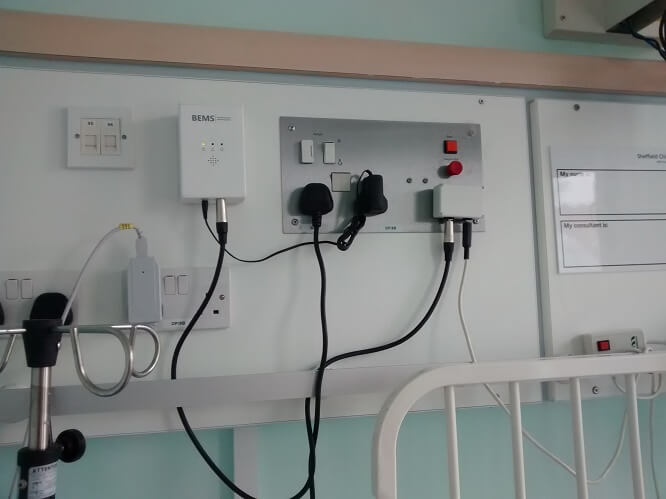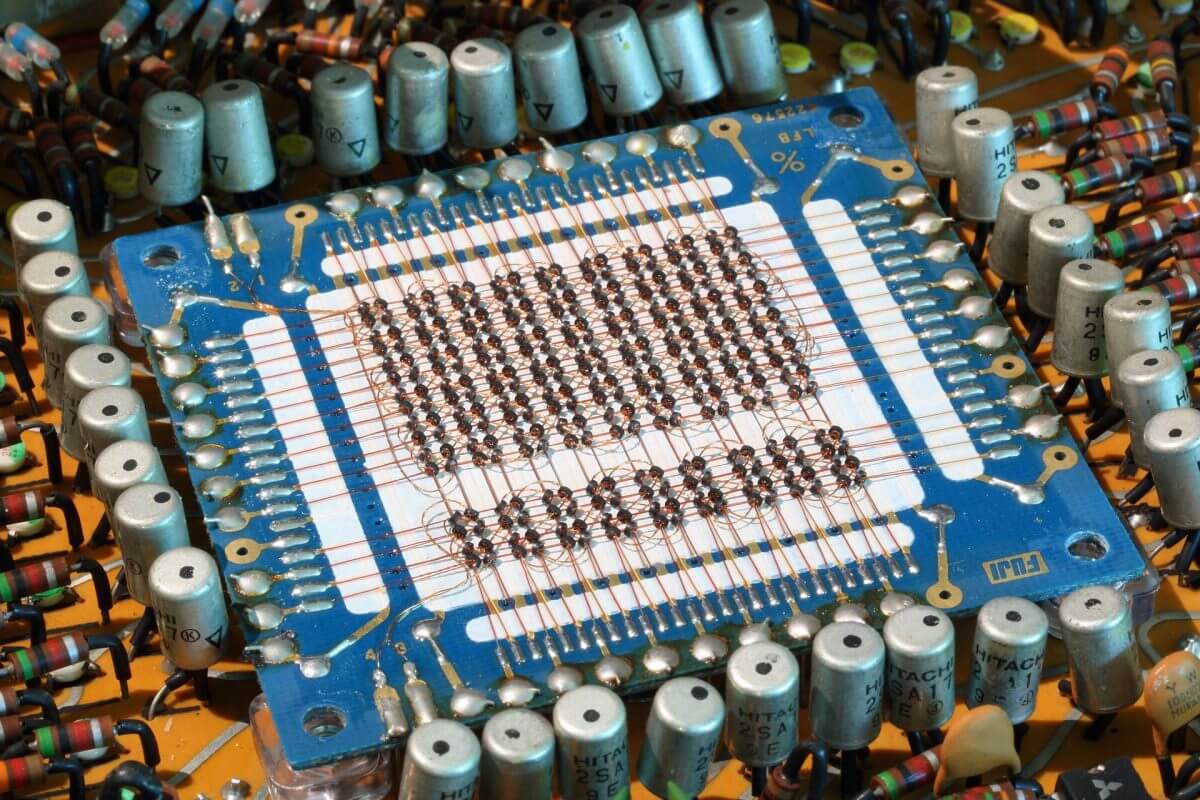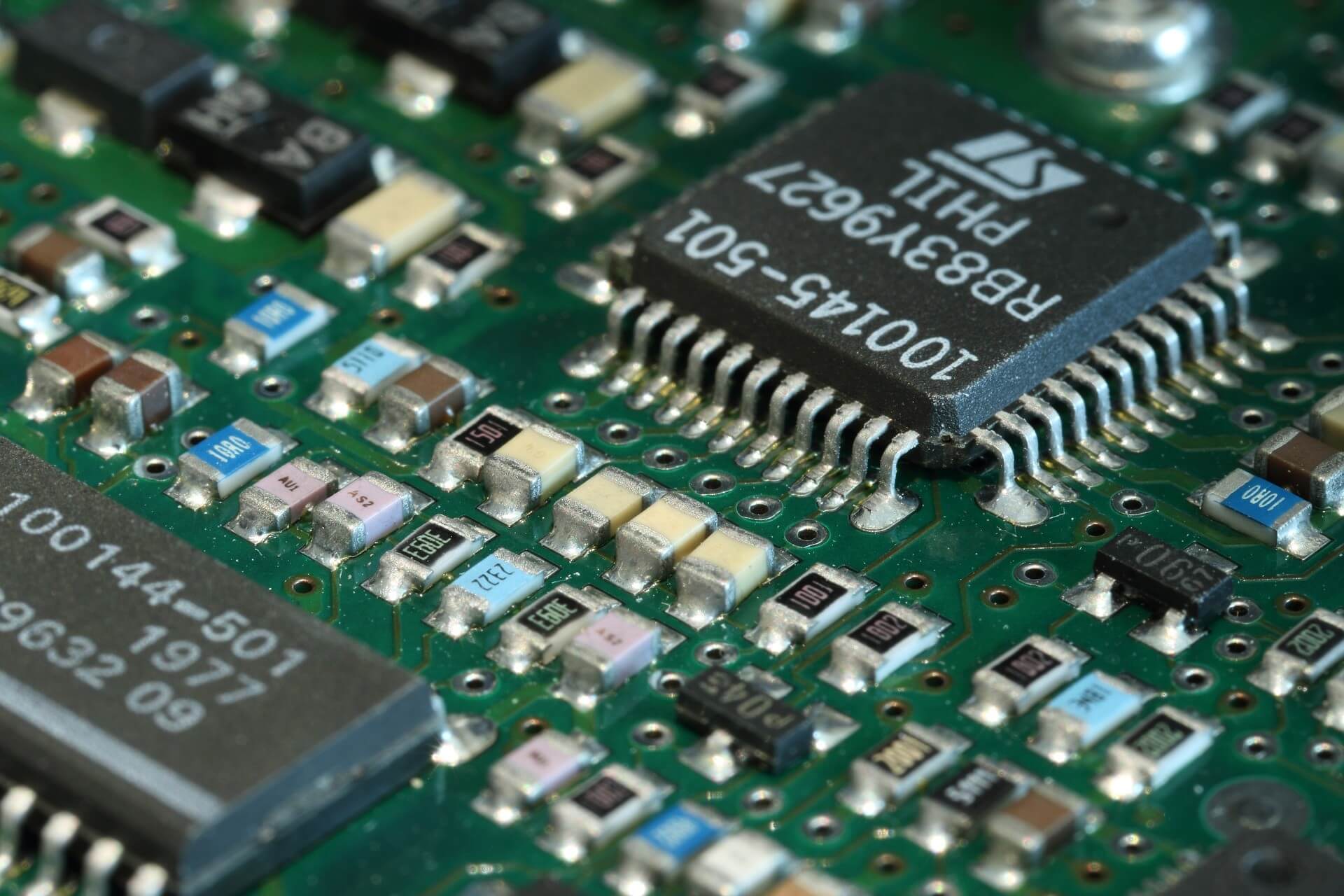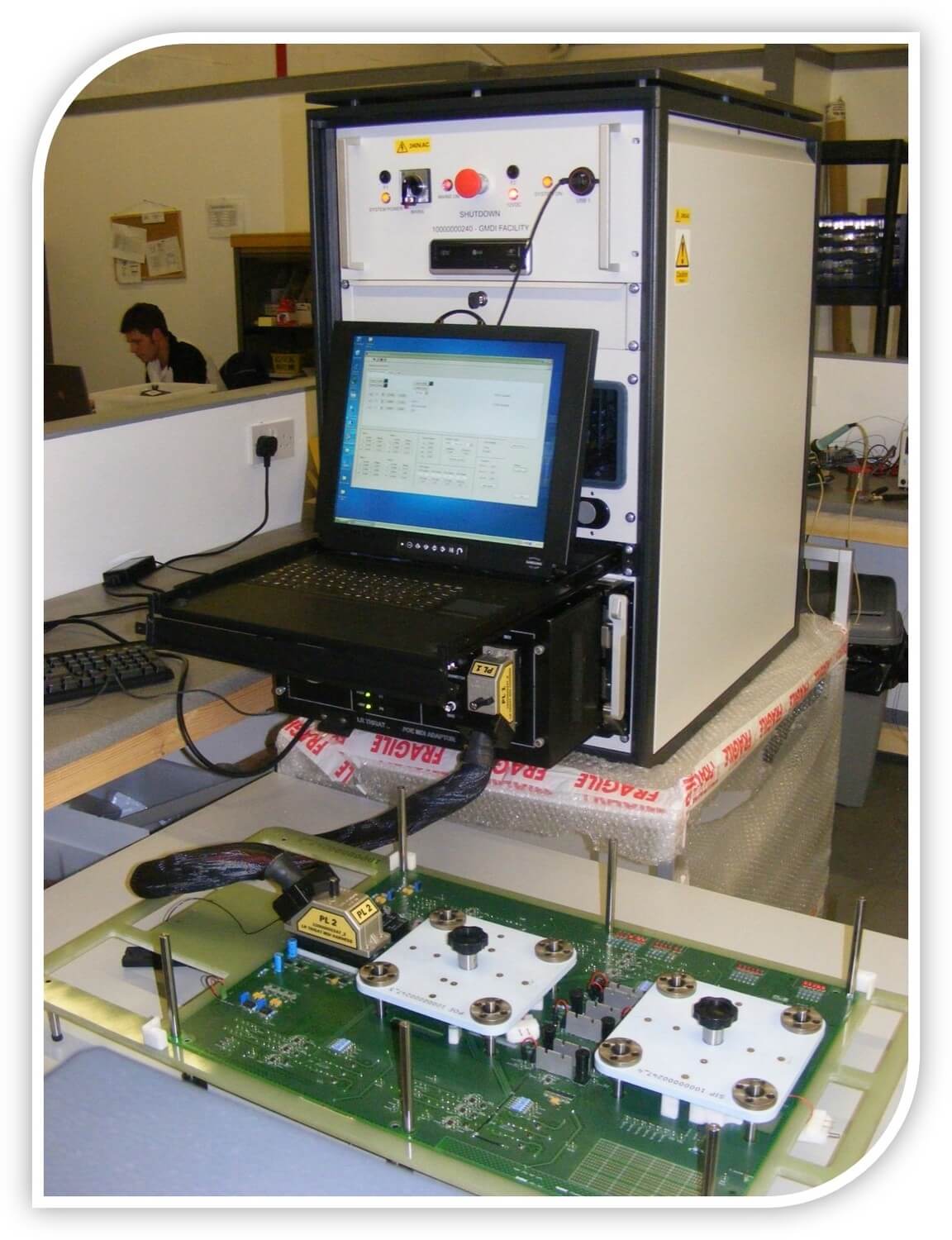Key Fact
Adaptive algorithms enabled the system to be robust and capable of reducing multiple and varying noise frequencies.

Testimonials
“Implemented on embedded system technology providing a state of the art, highly reliable, compact and adaptable system.”
Understand
The TranQuil project is a collaboration with Princess Yachts, The University of Southampton and TBG Solutions. Princess Yachts, designers and manufacturers of motor yachts, are regarded as the finest exponent of contemporary yacht design. The project was aimed at the luxury yacht market. Yachts often use a secondary generator to provide power whilst the yacht is stationary, however, this generates considerable noise and vibration, which can upset passengers during silent hours.
The challenge was to develop a scalable and frequency adaptable solution that nullified generator noise and reduced vibration thus providing maximum comfort to passengers.

Engineer
The proposed system was a set of actuators that sit beneath the generator moving in anti-phase and amplitude to the generator, thus eradicating noise and vibration. This presented additional challenges as the system needed to be reactive to multiple points of contact and react in real time (microseconds) to vibrations in order to be effective.
Adaptive algorithms enabled the system to be robust and capable of reducing multiple and varying noise frequencies.
Deliver
TBG Solutions achieved active noise cancellation by implementing a Least Mean Square (LMS) algorithm.
The system successfully reduces cabin nose by 10dB providing passengers with a highly reliable, compact and state of the art system to ensure maximum comfort. This system can be built-in to new boats, retrofitted to existing boats and applied in other industries where noise and vibration cancellation is required, such as in coaches and buildings.
